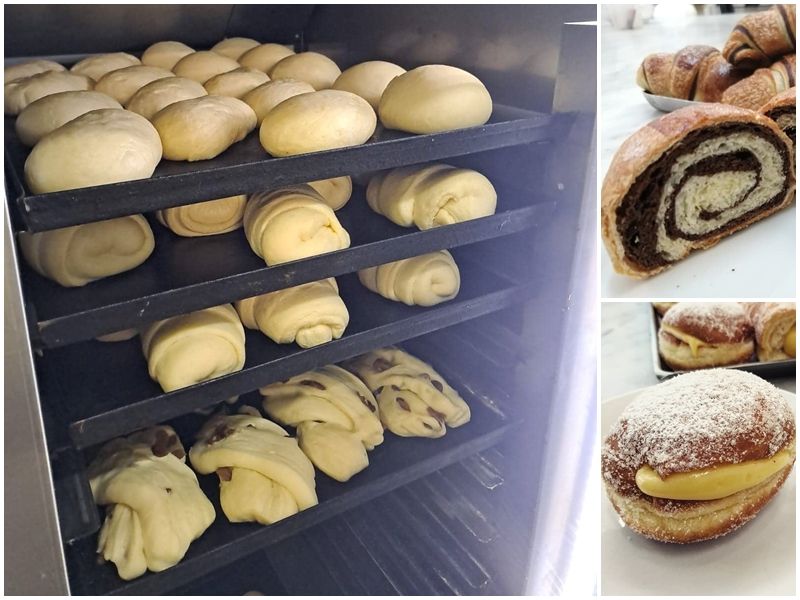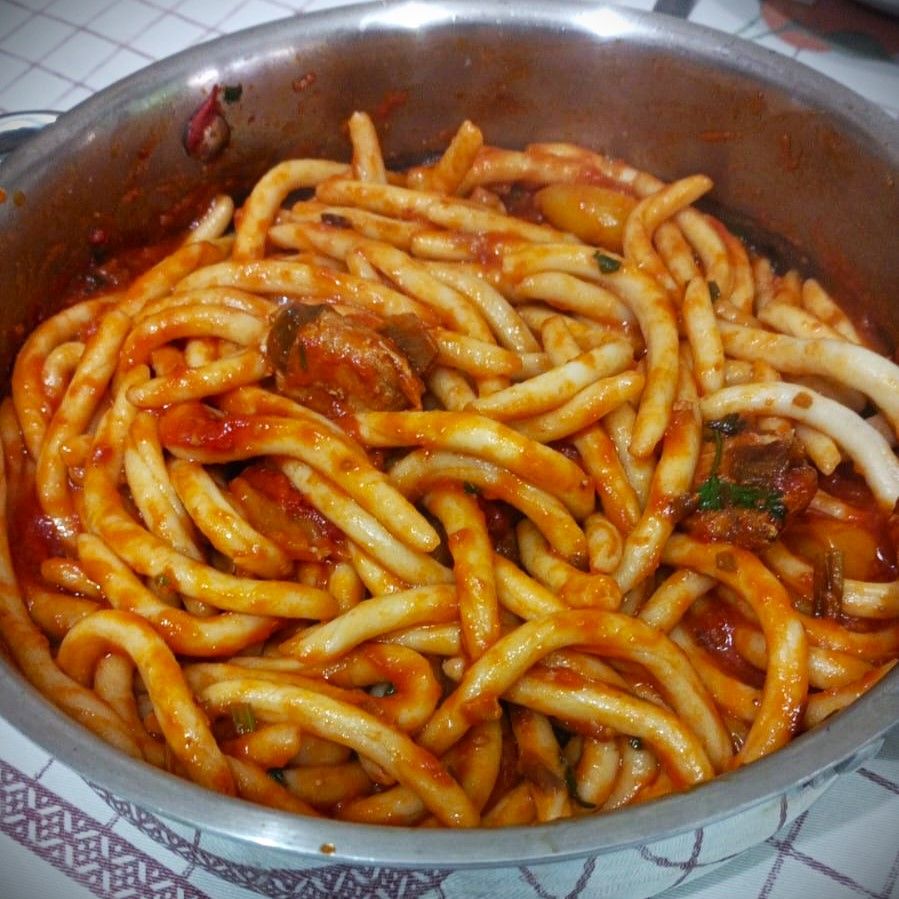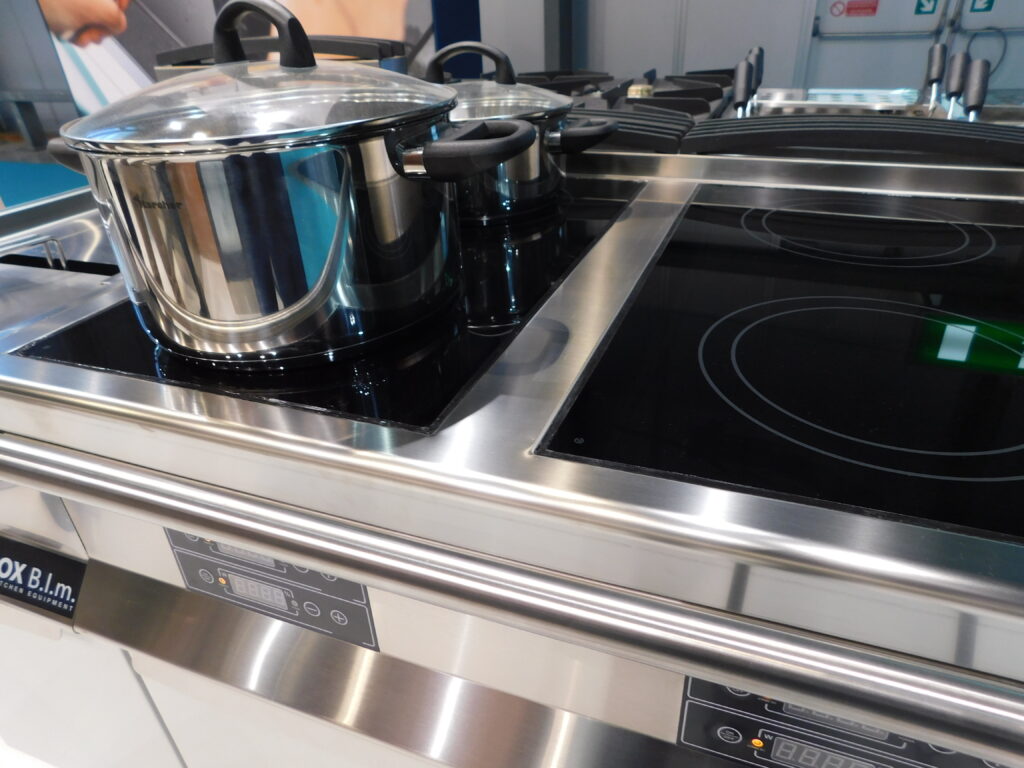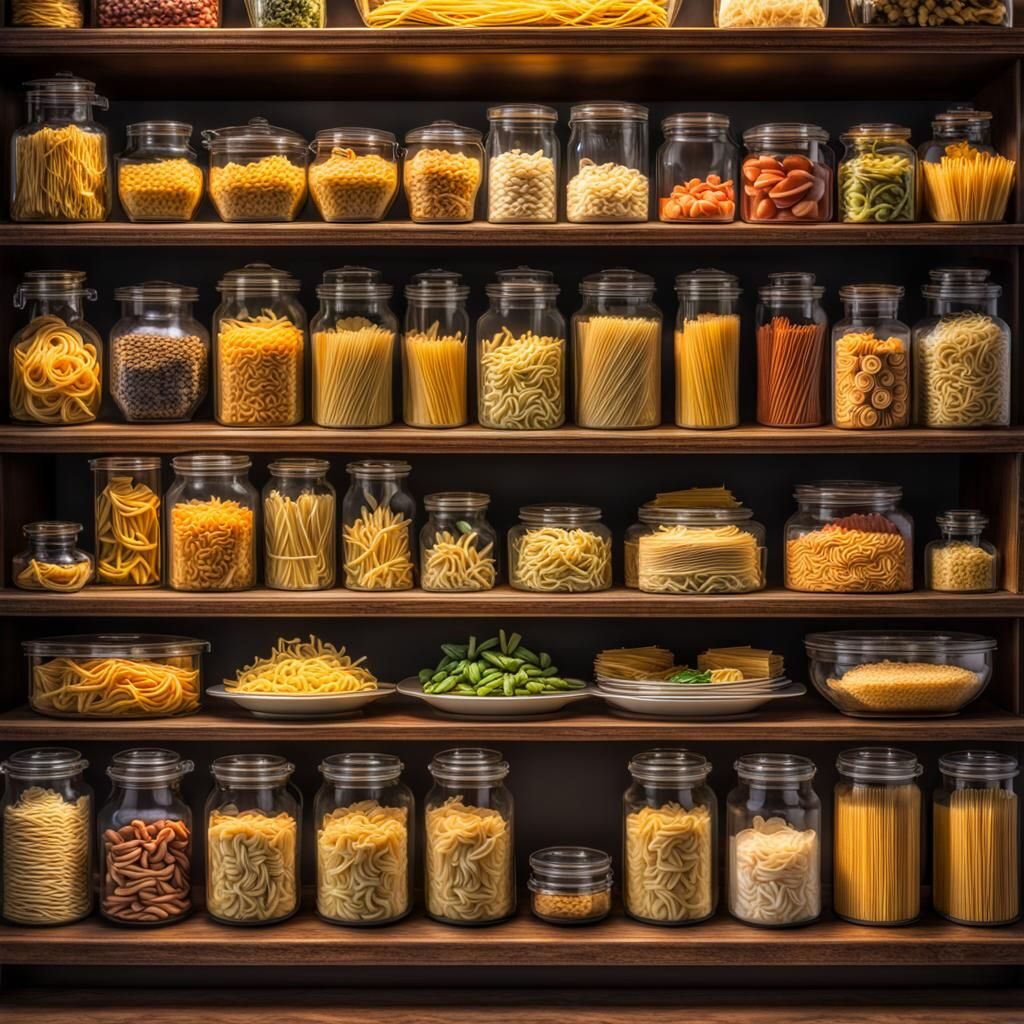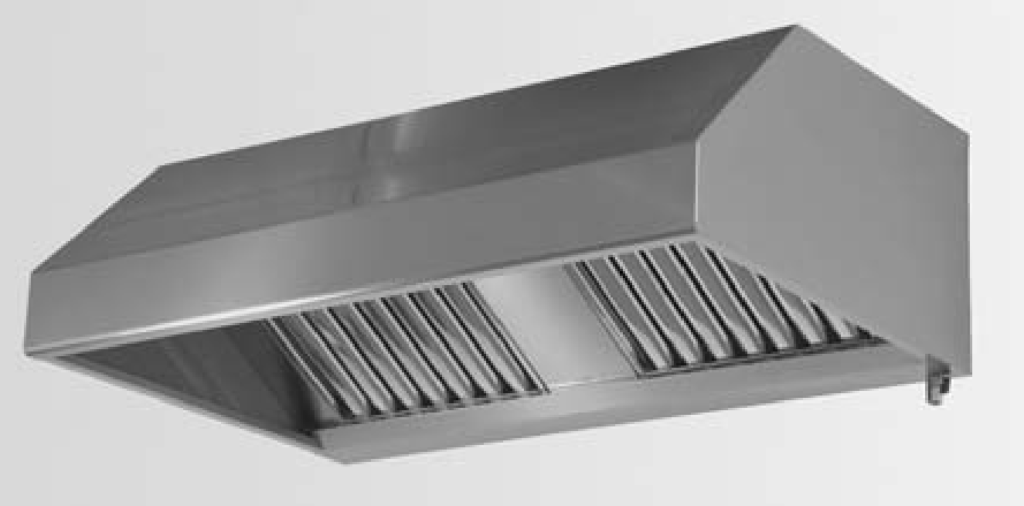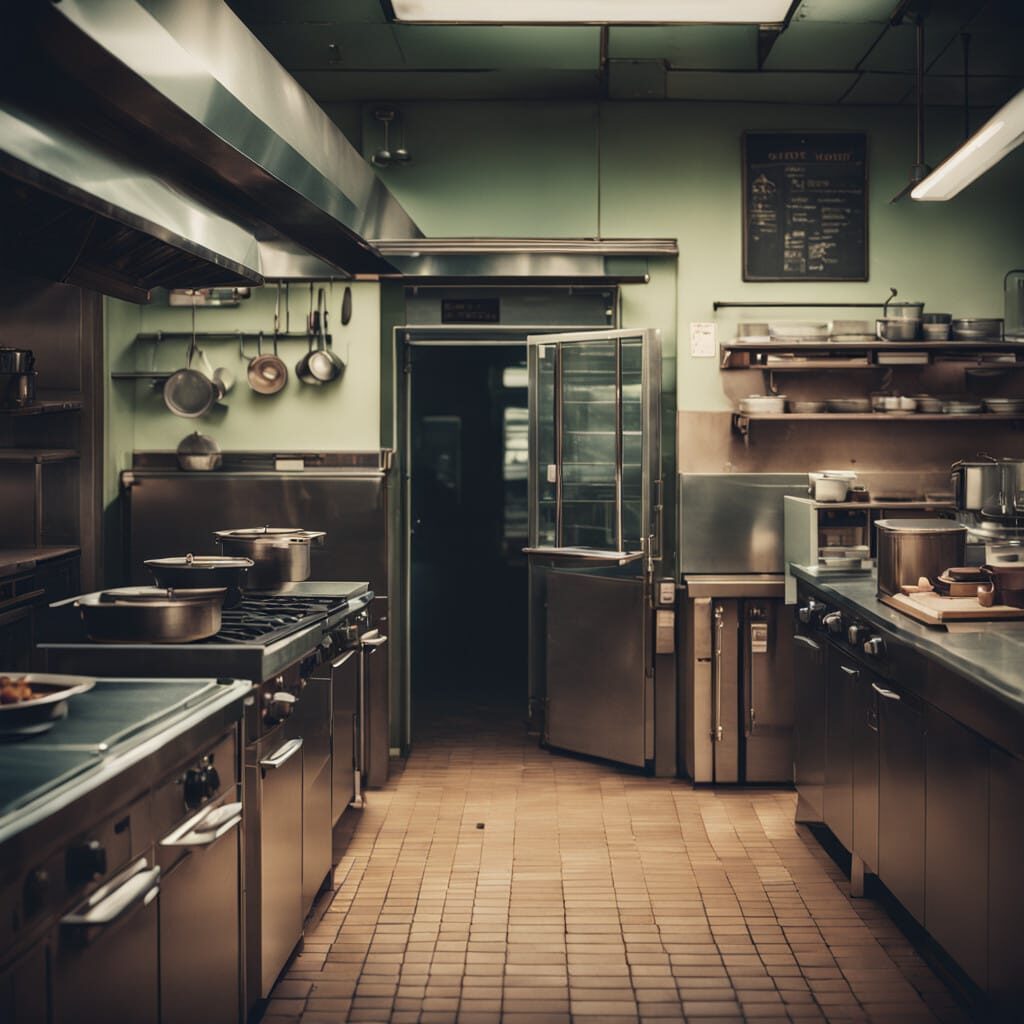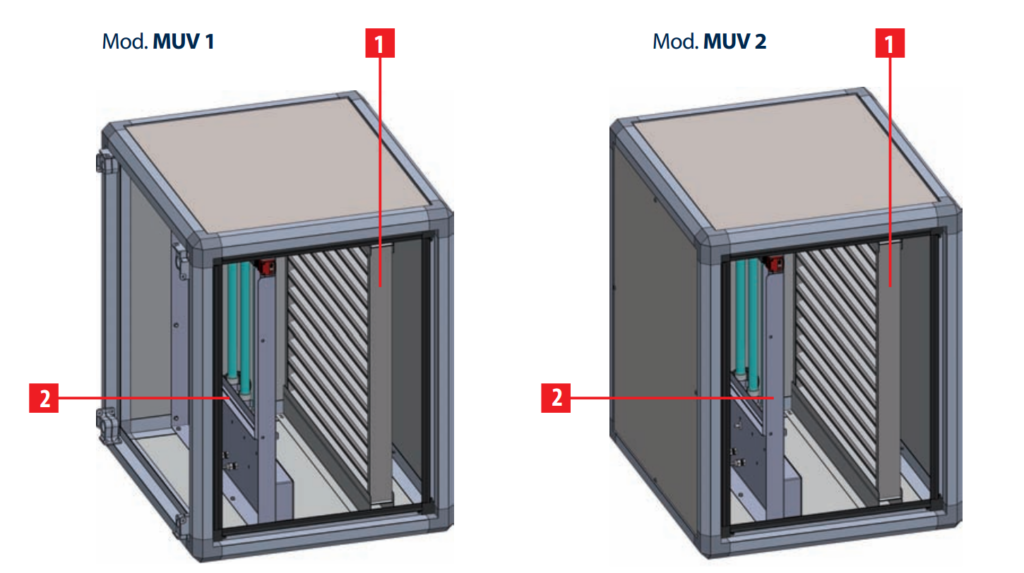So, let’s talk about breakfast.
More precisely, of the two most popular types of breakfast in hospitality: “full breakfast” and “continental breakfast“.
The etymology of the English word shows its original meaning: “breaking the fast”.
And since fasting was considered honourable by the Catholic doctrine, breakfast was frowned upon by churchmen. Sure, it was tolerated for children, sick persons, and field workers to have a morning meal. But religious ostracism probably slowed down its diffusion.
It was at the time of the industrial revolution, of which England was the cradle, that breakfast acquired its vital importance (even the owners of the factories advised workers to eat well before entering the factory, so as to be productive during twelve or more hours of work).
A hearty meal, mostly made of cold meats, cheese, eggs and porridge.
Thus was born the “full breakfast“, also known today as British breakfast, American Breakfast, or Scottish Breakfast (depending on which Anglo-Saxon country you are in).
And what about what in the jargon of hospitality is called “continental breakfast“?
That’s a bit more complicated story…
Until very recently, it seems that breakfast in Europe was not considered a proper meal. A hot, sugary drink was drunk with a simple bite (sweet, most of the time). But it seems that the tradition of the morning meal was born from the military custom in use in the national armies during the first “modern wars”, when soldiers were distributed a morning ration of biscuits, coffee, milk and sugar.
Then, in peacetime, said tradition was adopted by civilians, and the typical breakfast was enriched with increasingly elaborate pastries.
In conclusion, in the pic below you can see exquisite croissants and other types of pastries, leavened with the Inox Bim retarder proofer.
Photo courtesy of the “Roby & Giovy” pastry shop in Pesaro, Italy.

 Italiano
Italiano
